Audience Studies
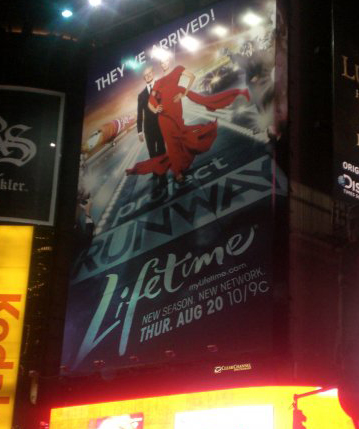
The best way to understand how Project Runway and Models of the Runway affects our
culture is to analyze the audience that watches the show. To understand how these shows
can be interpellated into our routine life Rose helps explain that "audiences do not just
passively absorb the messages contained in the media...rather, they actively make sense of
them" (Rose, p. 200). Project Runway has a way of bringing in audience members who believe
that "appearance is everything". Reality television doesn't always look to improve their
audience but instead the forms of improvement, which in this case would be fashion
(Roberts).
Within any audience who watches a particular show you have a wide range of
viewers. Fans translate viewing into some kind of cultural activity that show a new
meaning of just being able to watch the show for their own pleasure (Rose, p. 270). Fans
are the ones who express their emotions about a certain show through blogs, social media
sites, and other forms of media. Because of fans television shows that share news and
feelings about reality television can then get a sense of how our culture is feeling. When
applying this to Project Runway the fans are given the chance to express who they believe
to do be the next top designer with the hope that they will win the show. The same thing
goes towards the models in Models of the Runway. It is most common for females to watch
these shows because they're the ones being represented. There has never been a time where
there has been a male model modeling work from the designers, but that doesn't mean that
males aren't drawn to show as well.
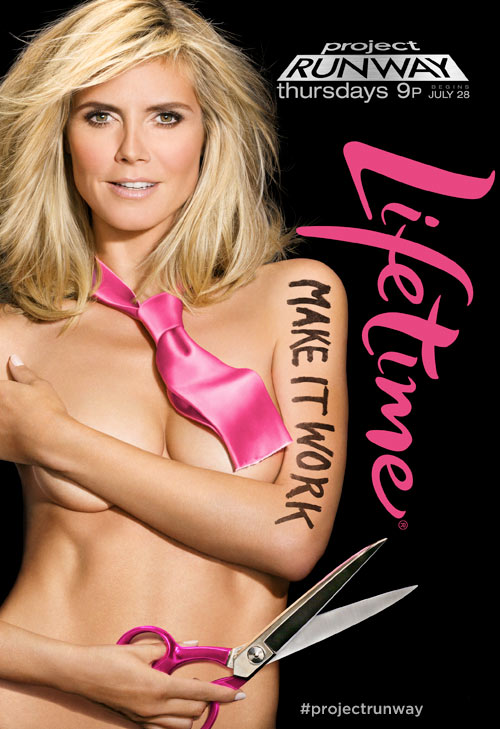

When looking at the two photographs of Heidi Klum she is meant to get viewers into
watching the upcoming season of Project Runway. But, if a viewer were to decode these
images they would get a completely different message due to her being almost completely
naked in both photographs. In one picture Klum is only wearing black lingerie and heels.
Her body position and hands on her skin make it out to be a very sexual picture. Instead
of advertising for the show she could be going back to her old days of modeling for
Victoria Secret. In the other photograph she is only wearing a pink tie. The tie isn't
even complete in length as we can see that it has been cut off possibly with the scissors
she is holding. This image gives viewers a chance to see Klum also nude since she is the
one covering herself up. These two images are drawing away attention from the show and
puts enfaces on her to lock in viewers based on what she looks like.
Some female viewers may look at Project Runway and Models of the Runway with a
lesbian gaze. Thus meaning that women could either find it offensive that the fashion
industry goes into making a television show about creating clothing for a competition and
making it seem like that was the hot new trends. Or females could see the shows and
identify with them. They would think if males believe that models that are all dressed up
is what a male desires then they should also be what a male desires. The audience members
who inhibit the lesbian gaze will be more likely to watch the show on a regular weekly
basis as well as possibly become a fan of the show.
The audience has to deal with materiality of how the show translates into real
life. When the designers and models are on the show they are viewed only on the
television. Viewers see them during their weekly time slot on Lifetime. During this time
it is most effective if the audience sees the show in their own home on a larger
television screen because a fashion reality show deals with a lot of detail. Audience
members have to be able to see what they are creating in order to get wrapped into the
show. Another way of looking at it is when the winning designer then gets published in a
top-selling magazine such as Marie Claire. This brings in the idea of what the effects of
seeing the designer and model on television verse magazines. Once in the magazine it is a
lot more person. Audience members can see the winners up close and can actually hold
something in their hands meaning that the picture of the designers clothing won't go away
in a few seconds like it will on television.
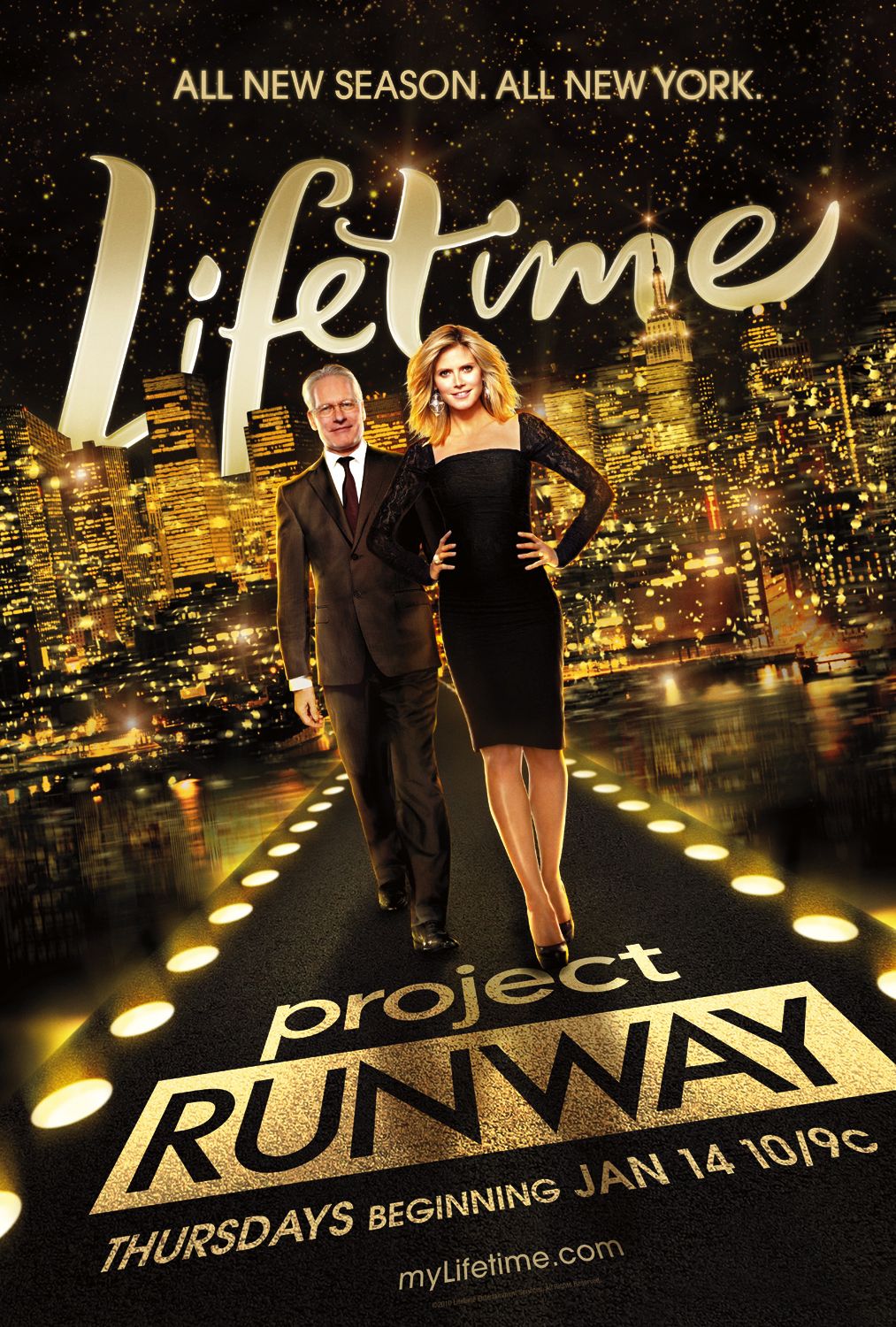 |
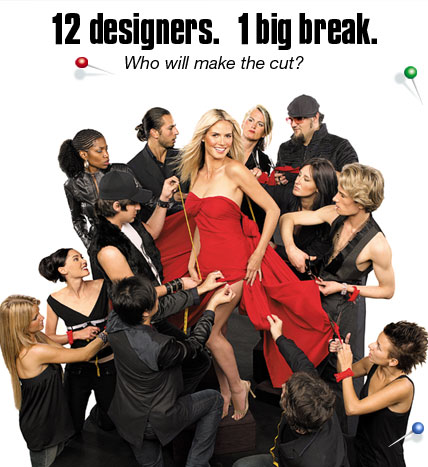 |
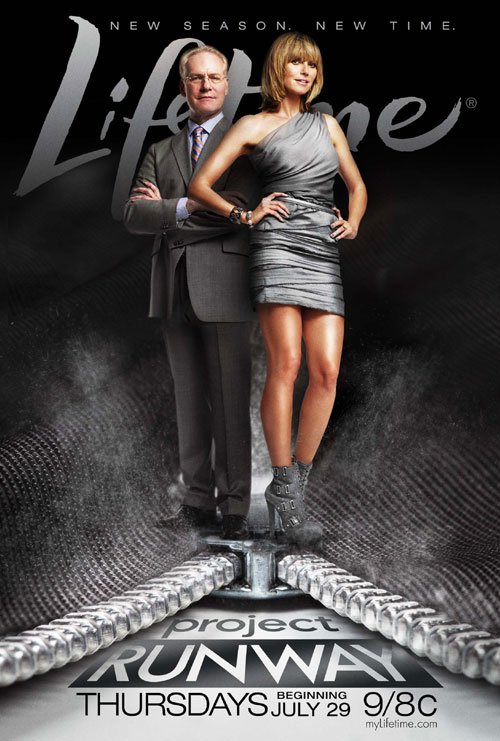 |
| Home |
Pyschoanalysis |
Discourse |
Bibliography:
Roberts, Martin. "Interrogating Post Feminism: Gender and the Politics of Popular
Culture." Feminist Media Studies 4.3 (2004): 255-64. Print.
Rose, Gillian. "Visual Methodologies: An Introduction to the
Interpretation of Visual Materials". 2nd ed. London: SAGE, 2012.
Rose, Gillian. "Visual Methodologies: An Introduction to the Interpretation of Visual
Materials". 2nd ed. London: SAGE, 2007.






